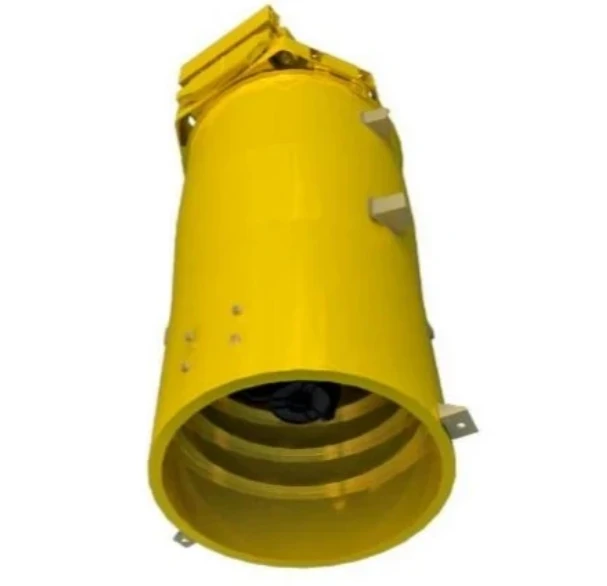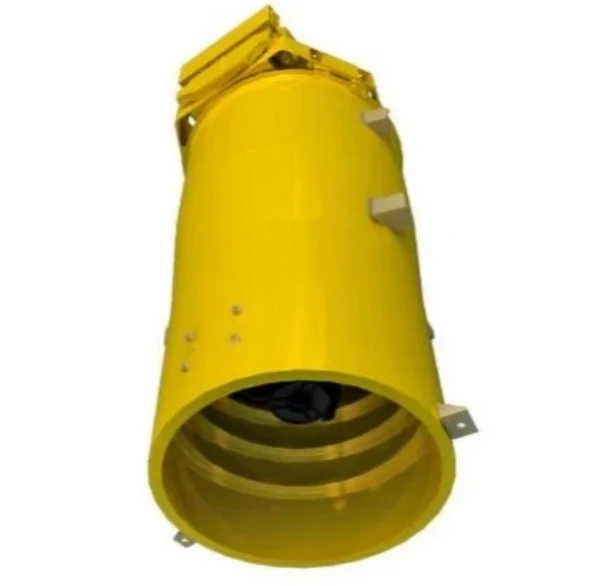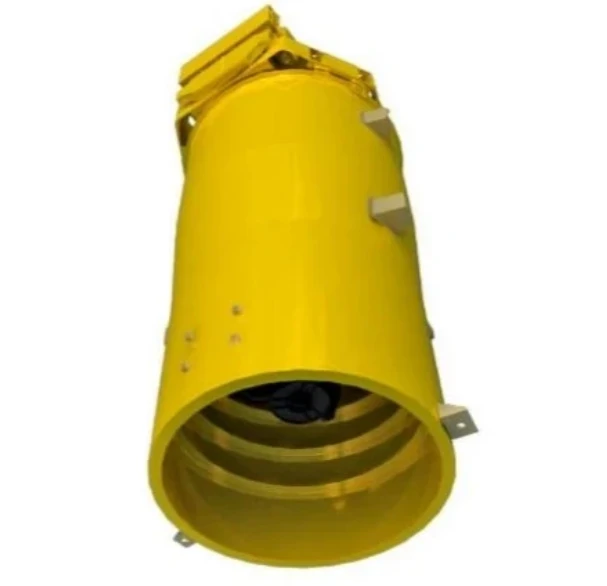
- africano
- albanés
- amárico
- árabe
- armenio
- azerbaiyano
- vasco
- bielorruso
- bengalí
- bosníaco
- búlgaro
- catalán
- Cebuano
- China
- corso
- croata
- checo
- danés
- holandés
- inglés
- Esperanto
- Estonio
- finés
- francés
- frisona
- galego
- xeorxiano
- alemán
- grego
- Gujarati
- crioulo haitiano
- Hausa
- hawaiano
- hebreo
- Non
- Miao
- húngaro
- islandés
- igbo
- indonesio
- irlandesa
- italiano
- xaponés
- xavanés
- Kannada
- casco
- Khmer
- Ruandés
- coreano
- kurdo
- Kirguises
- Laboral
- latín
- letón
- lituano
- luxemburgués
- macedonio
- malgache
- malaio
- malayalam
- maltés
- maorí
- Marathi
- mongol
- Myanmar
- nepalí
- noruegués
- noruegués
- occitano
- Paxtú
- persa
- polaco
- portugués
- Punjabi
- romanés
- ruso
- samoano
- Gaélico escocés
- serbio
- inglés
- Shona
- Sindhi
- cingalés
- eslovaco
- esloveno
- somalí
- español
- sundanés
- suahili
- sueco
- Tagalo
- taxico
- Tamil
- tártaro
- Telugu
- tailandés
- turco
- turcomano
- ucraíno
- Urdú
- uigur
- uzbeco
- vietnamita
- galés
- Axuda
- yiddish
- ioruba
- Zulú
Understanding Transmission Antennas: The Future of Wireless Communication
In today’s technology-driven world, transmission antennas play a pivotal role in enabling seamless communication. Among the many types available, microstrip antennas are gaining immense popularity due to their versatility and effectiveness. This article explores microstrip antenna applications, serves as a designer's guide, and delves into what a microstrip antenna is, showcasing industry leaders such as Changguang Satellite Technology Co., Ltd.

Microstrip Antenna Applications
Microstrip antennas are used extensively in various applications due to their slim profile and ease of integration. From telecommunications and satellite communications to GPS systems and mobile devices, the applications are incredibly vast. One of the standout features of microstrip antennas is their ability to achieve high gain and directivity, making them ideal for modern communication systems.
Additionally, the compact design of microstrip patch antennas offers designers the flexibility to incorporate them into smaller devices without compromising performance. Perfect for IoT devices and integrated circuits, microstrip antennas have become the backbone of many wireless technologies, enhancing both portability and functionality.
Microstrip Patch Antennas A Designer's Guide
For engineers and designers, understanding the nuances of microstrip patch antennas is essential. The design process involves multiple considerations, including substrate material, feed configuration, and the overall geometric shape. The quintessential guide delineates critical parameters such as bandwidth, gain, and radiation pattern, enabling designers to cater to specific application requirements.
Changguang Satellite Technology Co., Ltd. stands at the forefront of microstrip antenna innovation, consistently developing cutting-edge designs. Utilizing advanced simulation software and prototyping techniques, the company allows designers to perfect their antennas before full-scale production. This environment encourages creative solutions, ensuring microstrip patch antennas meet the highest industry standards.
What is a Microstrip Antenna?
A microstrip antenna, also known as a patch antenna, consists of a thin rectangular or circular patch mounted over a ground plane, with a dielectric layer in between. This simple yet effective structure enables efficient radiation of electromagnetic waves. Microstrip antennas are typically lightweight and low-profile, making them a preferred choice for new-age communication devices.
The working principle of a microstrip antenna involves the patch resonating at a specific frequency when excited by an input signal. The design can be tailored to operate across various frequency ranges, catering to diverse applications from cellular networks to satellite transmissions.
Changguang Satellite Technology Co., Ltd. excels in the design and manufacture of microstrip antennas, offering solutions that leverage state-of-the-art technology to enhance performance and reliability. The versatility and efficiency of these antennas underline their vital role in advancing wireless communication systems.
Transmission Antenna FAQs
1.What is the main advantage of using microstrip antennas?
Microstrip antennas are ultra-lightweight, compact, and have a low profile, making them easy to integrate into various devices without compromising performance.
2.In what applications are microstrip antennas commonly used?
They are widely used in telecommunications, satellites, GPS systems, and various modern wireless communication devices, particularly in IoT applications.
3.How does the design of a microstrip patch antenna affect its performance?
Design elements such as substrate material, patch shape, and feeding techniques greatly influence a microstrip antenna's gain, bandwidth, and radiation pattern, ultimately affecting its overall performance.
4.Who is leading in the development of microstrip antennas?
Changguang Satellite Technology Co., Ltd. is a recognized leader in the field, driving innovation in microstrip antenna designs and applications.
5.What materials are typically used in microstrip antennas?
Microstrip antennas are generally made from conductive materials like copper or gold for the patch, alongside dielectric substrates like FR-4 or Rogers for insulation and structural support.
As the future of communication unfolds, transmission antennas, particularly microstrip antennas, are becoming pivotal in shaping the landscape of connectivity. Innovators like Changguang Satellite Technology Co., Ltd. are paving the way with high-performance solutions that drive progress in this exciting field.











